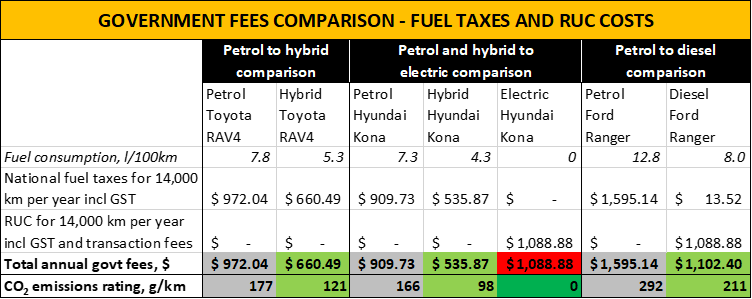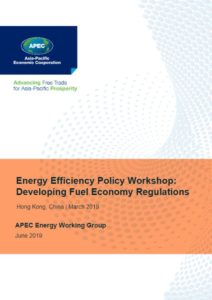$1.7 billion has been provided so far towards state highway and local road recovery from the 2022 North Island Weather Events, Waka Kotahi NZTA has told the Minister of Transport in its Briefing to the Incoming Minister, publicly released on 1 February 2024[1], with more funding needed.
The Agency also told the Minister that one of the strains on the current transport funding system is the “increasing frequency and severity of weather events”. There is now clearly a link between roading costs and climate change.
The new Minister, Hon. Simeon Brown, announced that from 1 April 2024 battery electric vehicles and plug-in hybrids (PHEVs) will start paying distance-based Road User Charges (RUC). Road User Charges are payable on vehicles which use energy that doesn’t incur fuel excise duty. This includes diesel and electric vehicles.
EVs should contribute towards the costs of transport, roads and their maintenance. But what RUC rate would meet the Minister’s aim of “fairness and equity”?
The rate for 100% electric light vehicles (up to 3.5 tonnes) will be $76 per 1,000 km, the same rate that light diesel vehicles like utes and vans currently pay. PHEVs will pay $53 per 1,000 km, recognising that they will pay both fuel excise duty and RUC. RUC needs to be purchased in advance of the distance driven and each purchase is accompanied by a transaction fee.
The predominant vehicle fuel here is petrol, so how do the different government fees stack up against petrol vehicles? Three popular vehicle makes which come in different drive technology flavours, are compared in the following table, driving a typical annual distance of 14,000 km[2].

Petrol hybrids pay significantly less than ordinary petrol models, due to their good fuel efficiency. The electric Kona will pay around 20% more than the petrol Kona, and double that of the hybrid Kona. Diesel ute drivers get a good deal by paying RUC in comparison with excise duty paid by an equivalent petrol ute – about a third cheaper for the popular diesel Ford Ranger.
A comparison with PHEVs is not included as this varies significantly with the trip driving distance and frequency of charging. PHEV owners that do short daily distances and charge frequently so that they mainly drive using electricity will pay similar costs to 100% electric vehicles, but some PHEV owners have already been asking if they can have their electric charging port removed to avoid paying RUC[3].
And no, the EV battery weight is not a factor in the higher pricing. Waka Kotahi NZTA states “vehicles weighing less than around 6 tonnes do almost no damage to roads and so they impose very similar costs on the road network.”[4] Similar costs in terms of vehicle weight, but, looking at the big picture, not similar costs in terms of damage from climate change.
From 1 April, the signal from government will be to buy a hybrid, not an electric vehicle, now that the Clean Car Discount feebate scheme has gone. Hybrids are great for fuel efficiency, but New Zealand has a fantastic advantage in that 89% of our electricity generation is already from renewable sources. EVs have greater benefits for climate change here than in most countries which have more fossil fuel generation in the mix.
The RUC rates for electric vehicles need to reflect the fact that climate change is now a significant contributor to roading costs. More will need to be invested to improve roading resilience to extreme weather events, not just clean up the mess. RUC rates need to be set so that electric vehicles pay less than equivalent vehicles with higher emissions, not more. There also needs to be new ways of raising funding for transport, including congestion charges and zero emission zones for cities.
[1] Briefing to the incoming Minister of Transport 2023 (nzta.govt.nz)
[2] Fuel consumption figures are from NZTA’s Rightcar NZ website. RUC transaction costs assume two online
purchases of 7,000 km of RUC each per year. There are some taxes and levies paid on diesel fuel which do not go to the National Land Transport Fund. Auckland regional fuel taxes are not included.
[3] Hybrid owners trying to remove plugs to avoid road user charges | RNZ News

